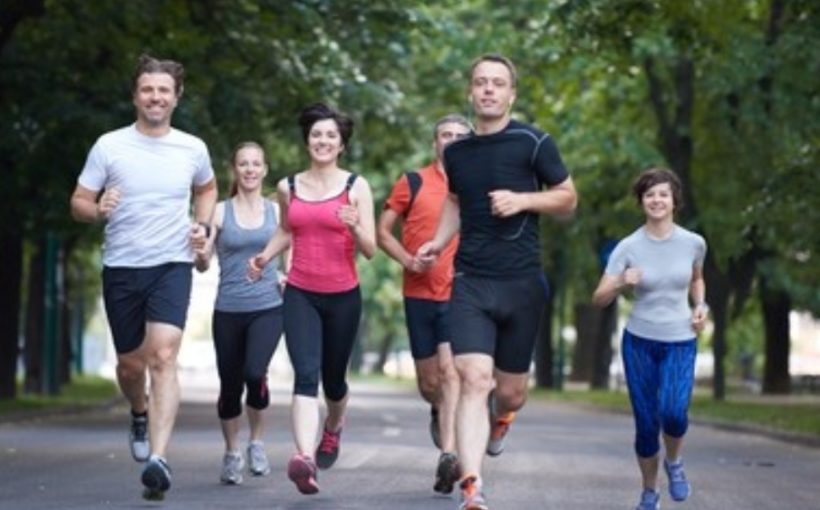An analysis on the positive effects of exercise on blood sugar levels in people with Type 2 diabetes shows that while all exercise helps, certain activities — and their timing — are extremely good for people’s health.
The study, published in The American Journal of Medicine, provides a comprehensive but straightforward summary of the benefits of exercise on controlling blood glucose levels in people with Type 2 diabetes.
“The challenge with this is that most, if not all, people know exercise is good for them but they don’t know the best approach,” said Steven Malin, an associate professor in the Department of Kinesiology and Health at the Rutgers School of Arts and Sciences and an author of the study. “We targeted this issue by focusing on a few key parameters: the utility of aerobics versus weightlifting, the time of day that is optimal for exercise, whether to exercise before or after meals and whether we have to lose weight to get benefits or not.”
As part of the analysis, researchers sifted through dozens of studies and extracted common conclusions. Some of the key findings include:
- Habitual aerobic exercise: Physical activity, such as cycling, swimming and walking, that increases the heart rate and the body’s use of oxygen helps manage blood glucose.
- Resistance exercise: Working muscles using an opposing force such as dumbbells, resistance bands or a person’s own body weight benefits insulin sensitivity in those with Type 2 diabetes.
- Movement throughout the day by breaking up sitting time benefits blood glucose control and insulin levels.
- Performing exercise later in the day can result in better control of blood sugar levels as well as improve insulin sensitivity.
“In short, any movement is good and more is generally better,” Malin said. “The combination of aerobic exercise and weightlifting is likely better than either alone. Exercise in the afternoon might work better than exercise in the morning for glucose control, and exercise after a meal may help slightly more than before a meal. And, you don’t have to lose weight to see the benefits of exercise. That is because exercise can lower body fat and increase muscle mass.”
More than 37 million Americans have diabetes, and between 90 and 95 percent have Type 2 diabetes, according to the U.S. Centers for Disease Control and Prevention. People with Type 2 diabetes are insulin resistant, meaning that their cells don’t respond normally to insulin, a hormone that controls the level of sugar, or glucose, in the blood. High blood sugar is damaging to the body and can cause serious health issues.
While insulin resistance is harmful, scientists believe increased insulin sensitivity is beneficial. High insulin sensitivity allows the cells of the body to use blood glucose more effectively, reducing blood sugar.
Malin researches insulin sensitivity and teaches kinesiology, the study of human movement. He and several other faculty members at Rutgers support the concept of “exercise as medicine.” The idea, which is supported by the American College of Sports Medicine and is increasingly being borne out by research, is that exercise can be considered a first-line therapy.
“I’m one of those individuals who subscribes to that notion, and in that way, I think of exercise as a drug,” Malin said.
Malin and colleagues authored the study to offer the medical community up-to-date practical advice for their patients.
“Together, this idea of exercise timing and type is important because it helps medical professionals more accurately recommend exercise prescriptions to combat high blood glucose,” Malin said.
Other Rutgers researchers on the study included: Afsheen Syeda, a graduate student in the Department of Nutritional Sciences in the Rutgers School of Environmental and Biological Sciences; Daniel Battillo, a graduate student in the Department of Kinesiology and Health; and Aayush Visaria, an internal medicine resident at Rutgers Robert Wood Johnson Medical School. He conducted the research as a postdoctoral fellow with the Rutgers Institute for Health, Health Care Policy and Aging Research.


